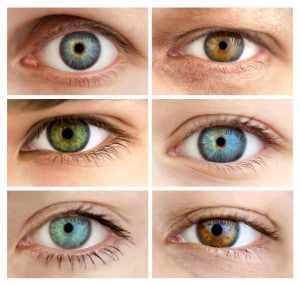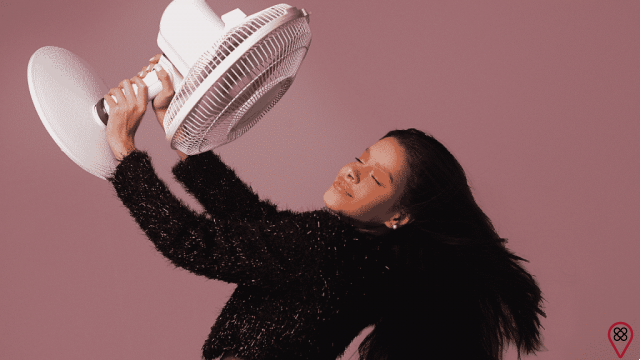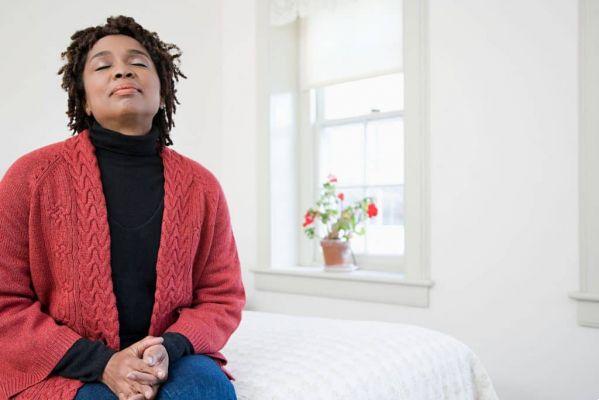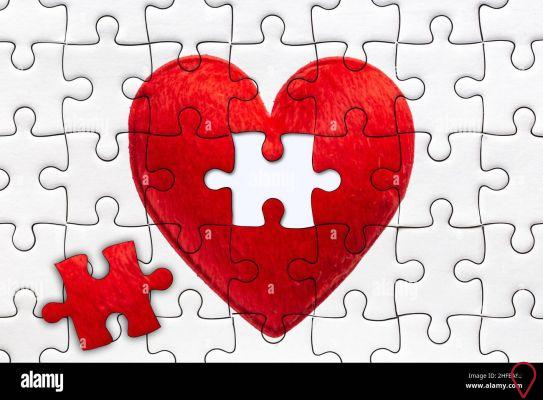The eye is the window to the universe. We all came into this world with these biological cameras that transform photons of light into a 3D image. It is one of the wonders of the human body. We are often not grateful for having the power of vision. Worldwide, about 39 million people are visually impaired or blind. If you are reading this right now, you are blessed.
In addition to being a wonder of nature, the eye is also fascinating for being able to reveal personalities, abilities and being able to tell a little bit of the story of each one of us.
The science behind it
According to researchers at the University of Pittsburgh, women with lighter colored eyes experience less pain during childbirth compared to women with darker eyes. People with lighter eyes also consume significantly more alcohol to get drunk, while people with darker eyes require less alcohol.
The reason comes down to genes. A professor of biomolecular sciences at the University of Liverpool, John Moores, said:
"What we know now is that eye color is based on 12 to 13 individual variations in people's genes... These genes do other things in the body."
 Melanin is what holds the power to make our eyes darker, and it also makes people more susceptible to alcohol. When psychologists at Georgia State University in Atlanta interviewed more than 12 men and women, they found that those with light eyes consumed significantly more alcohol than those with dark eyes.
Melanin is what holds the power to make our eyes darker, and it also makes people more susceptible to alcohol. When psychologists at Georgia State University in Atlanta interviewed more than 12 men and women, they found that those with light eyes consumed significantly more alcohol than those with dark eyes.
Melanin not only determines how dark your eye will be, it is also an insulator for the electrical connections between brain cells. The more melanin in the brain, the faster the brain can function, researchers say.
This apparent advantage in processing speed may also explain why brown-eyed people react faster than blue-eyed people, and why they play better tennis, according to reported experiences on motor skills.
Here are some fun facts about eye color:
- When a baby is born, it will likely be born with blue eyes. However, the amount of melanin in your iris will determine the final color of your eye when you get older. Less melanin, more likely to have light eyes. The bigger, the browner. Some Asian and African-American babies are born with blue eyes, a rare phenomenon, as most will be born with brown eyes, due to the high concentration of melanin.
- Only genes will reveal the amount of melanin present in the iris of your eye. And there is no specific gene that will make it easier for you to change your eye color.
- Scientists already know that there are no other eye colors besides the most well-known, such as blue, green and brown. The eye color goes from light blue to darker brown, and the color differentiation comes from that colored line between these two variations.
- The greatest color variation comes from European peoples.
- The most common eye color is brown. The second most common is blue, followed by green, which is the rarest.
- Scientists have discovered that all people who have a pair of blue eyes come from the same ancestor. A single human possessed the first blue eye, probably where UV rays were lowest in the region where he lived.
- The most anomaly eyes are albino eyes, as they contain no melanin. Therefore, they have reddish eyes that are nothing more than blood and their veins behind the iris.
- People with one eye of each color received only one gene, but two different iris colors. This concludes that an iris can have two different types of colors, according to scientists.
- Article translated and adapted by Natalia Iannone from the Eu Sem Fronteiras Team

























